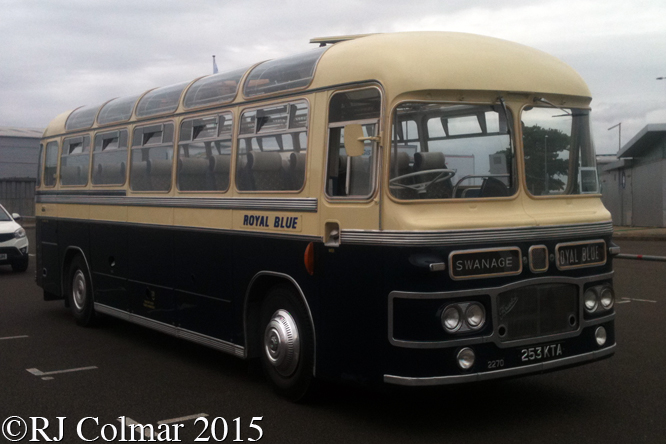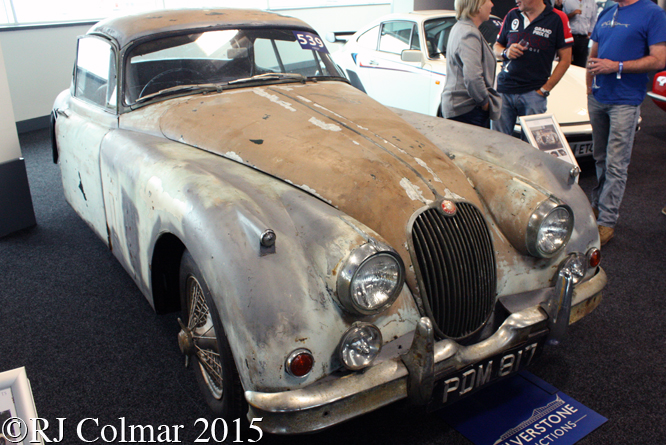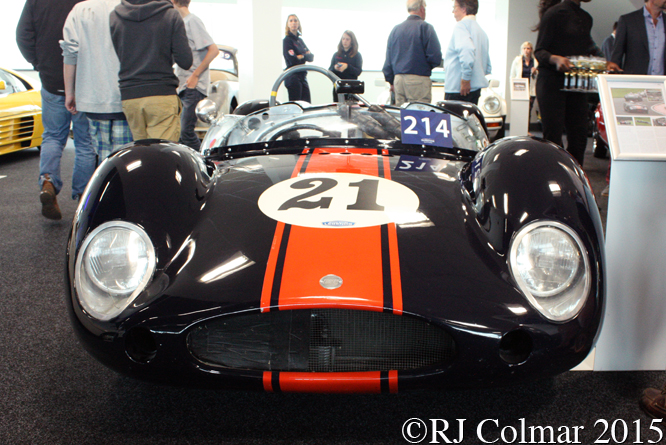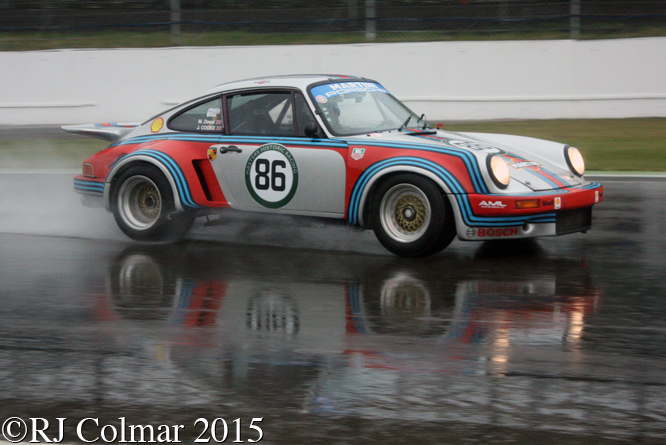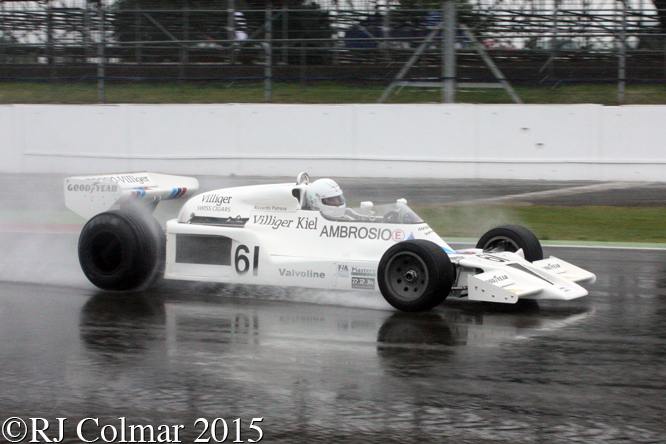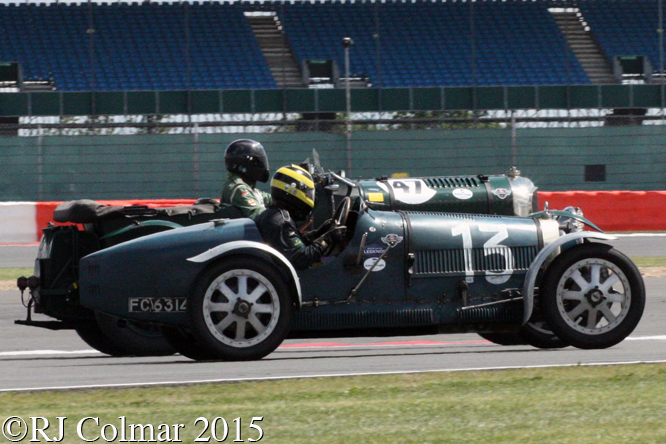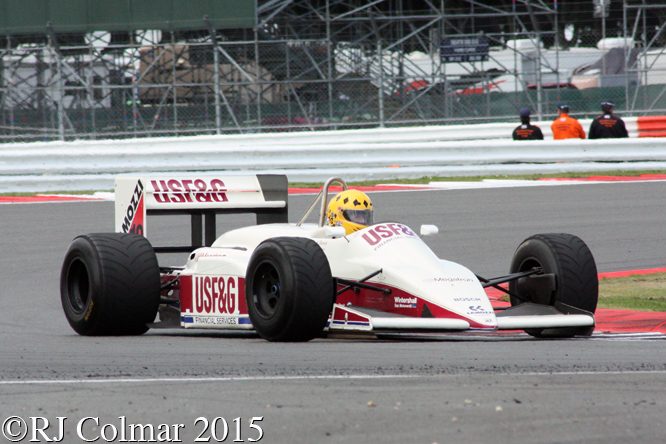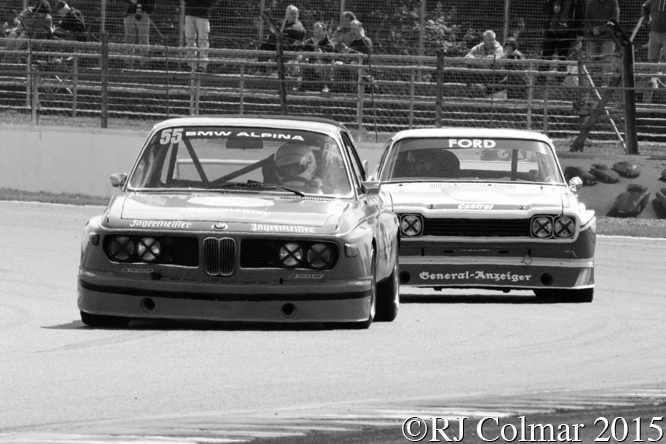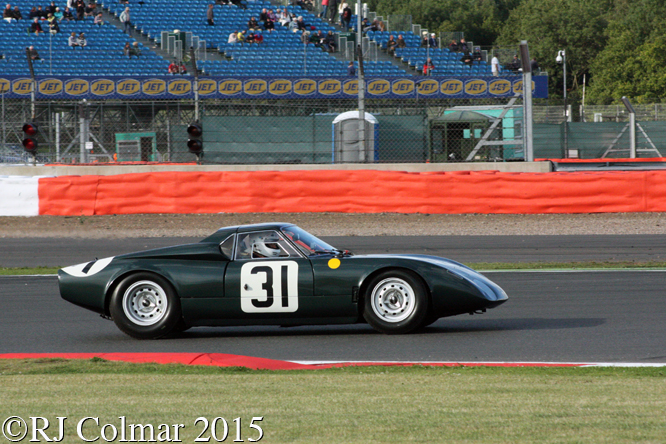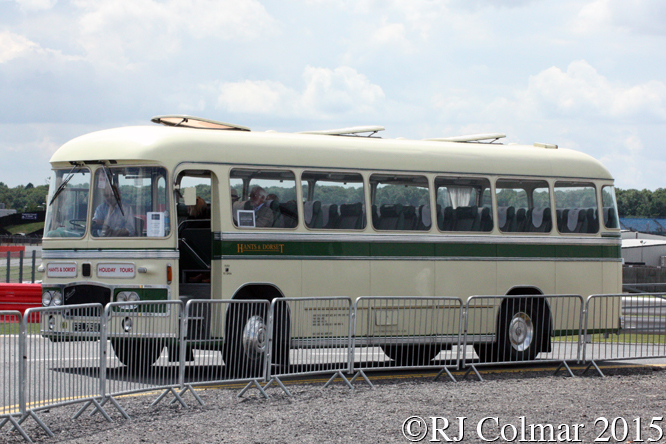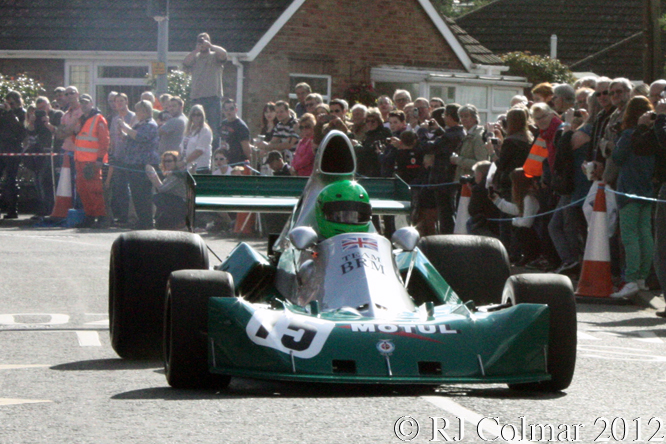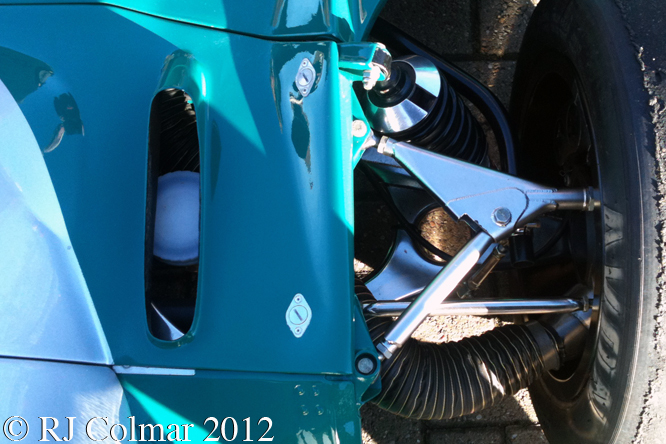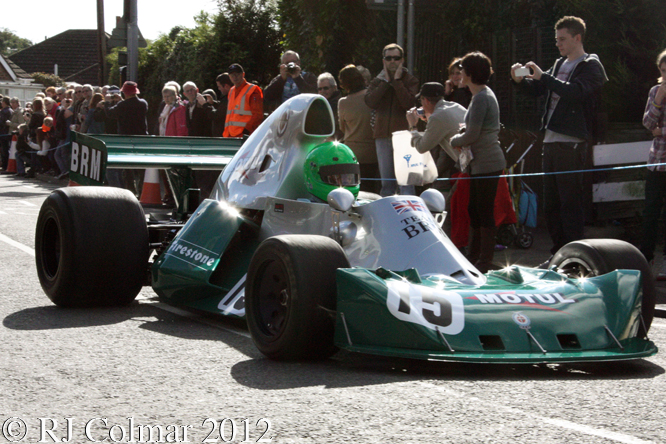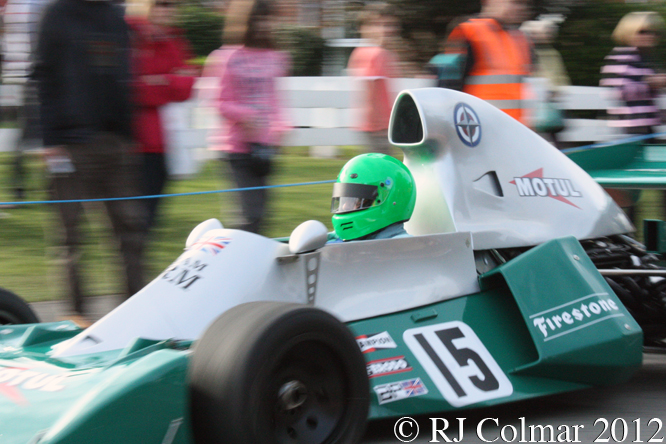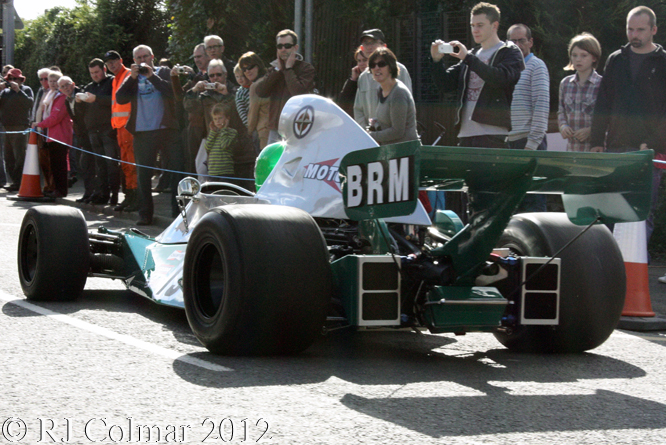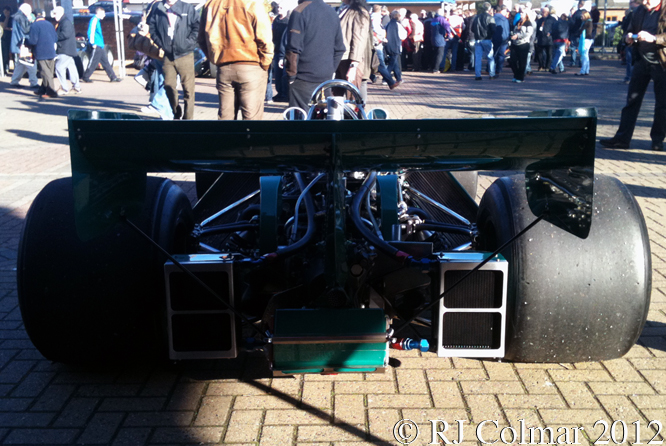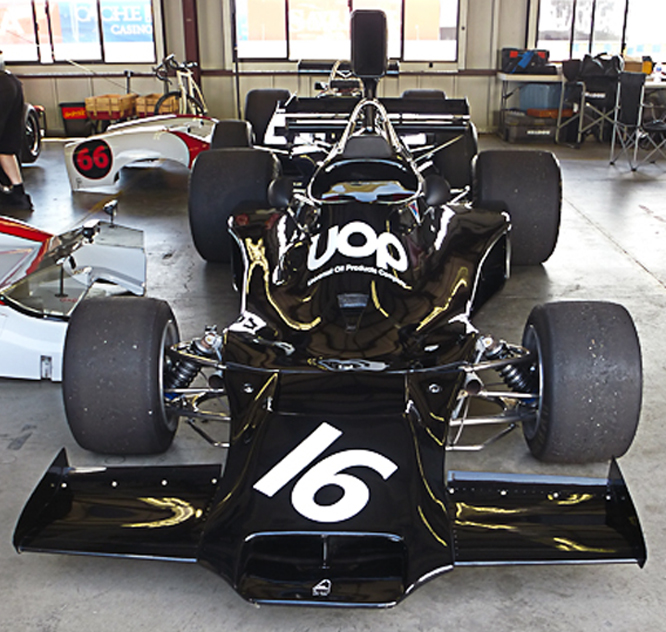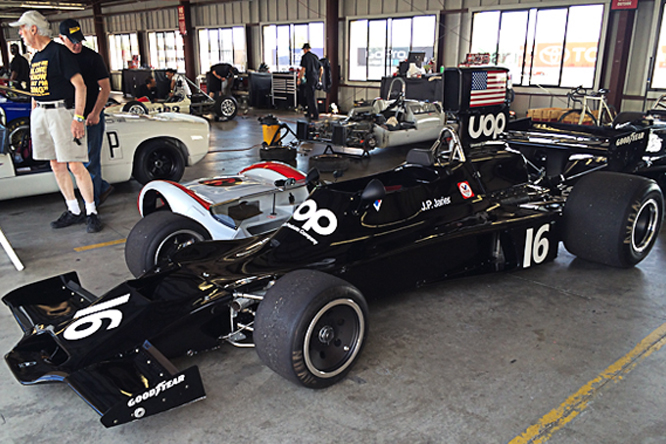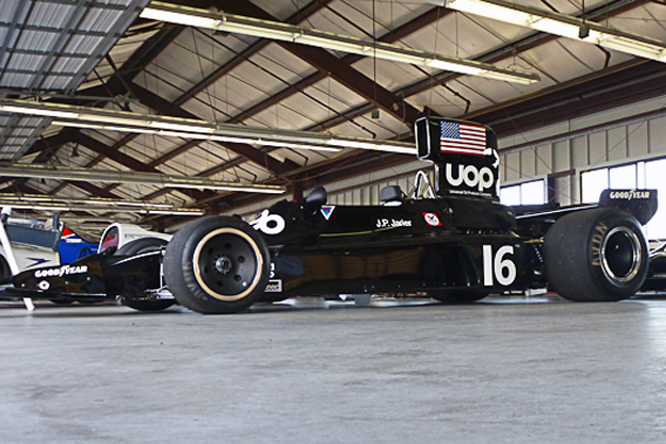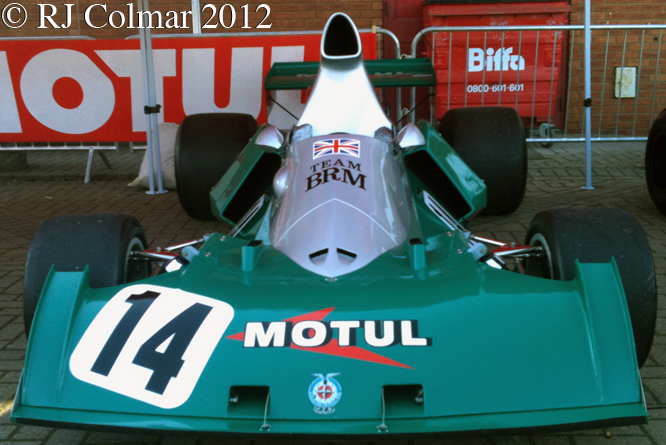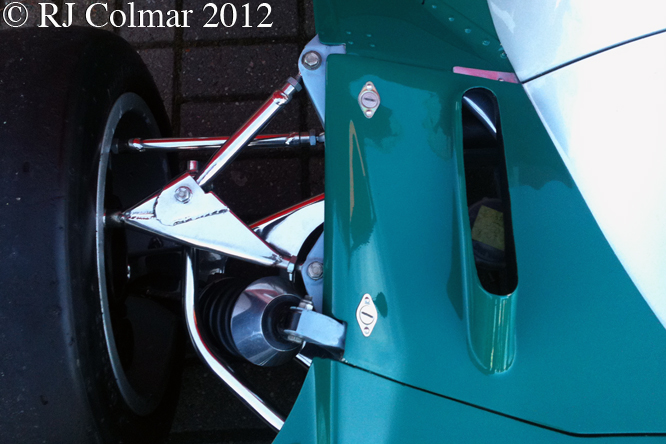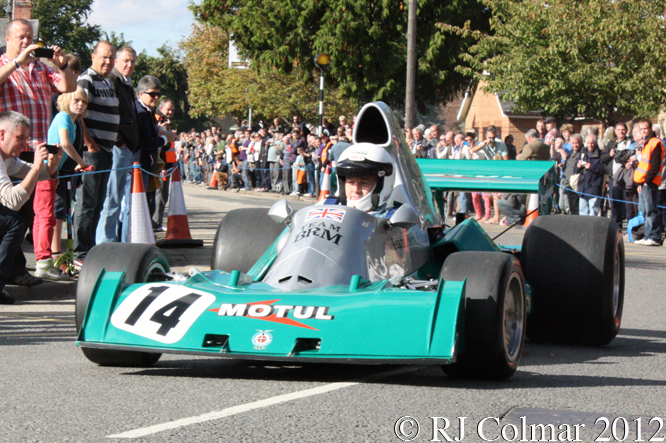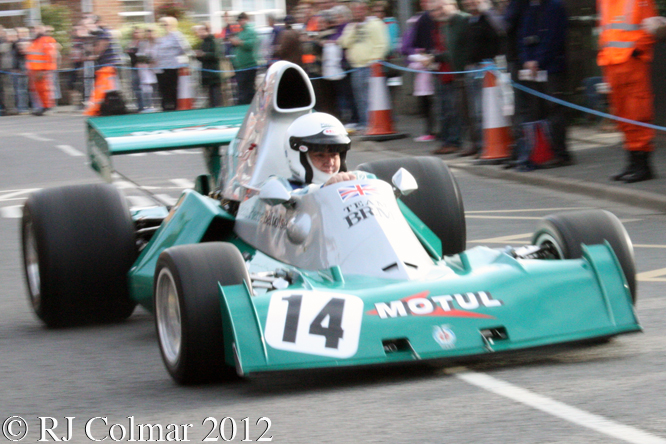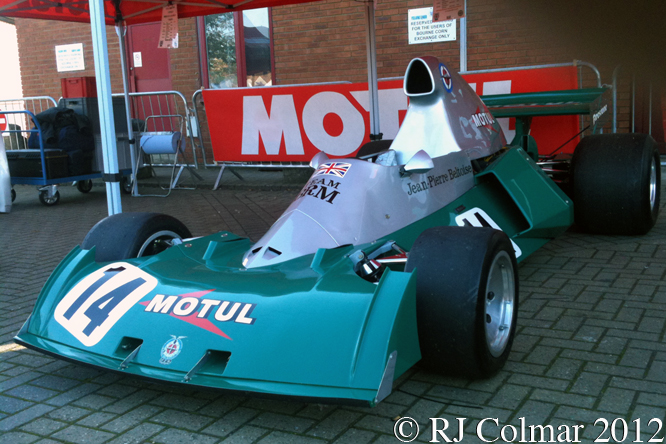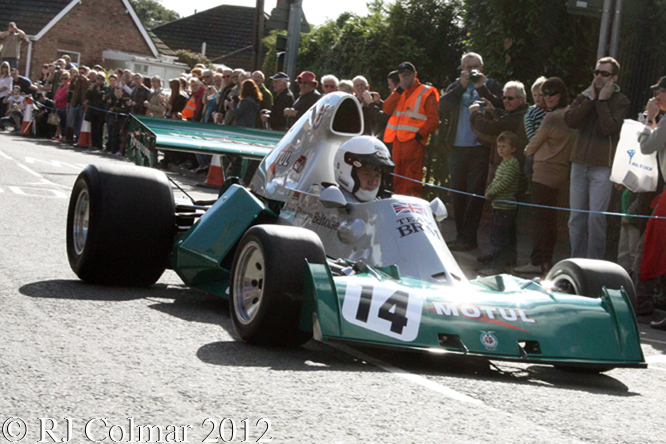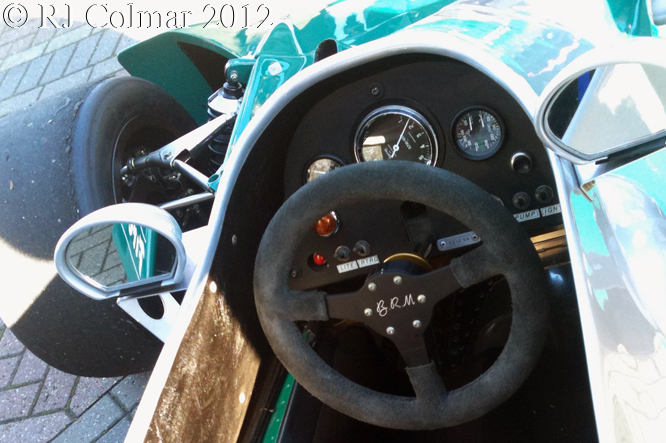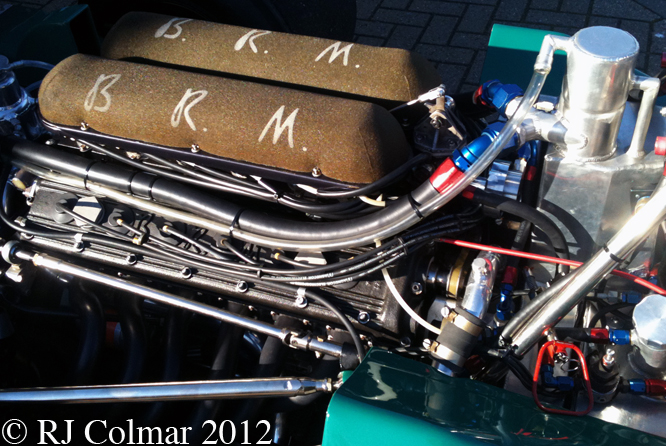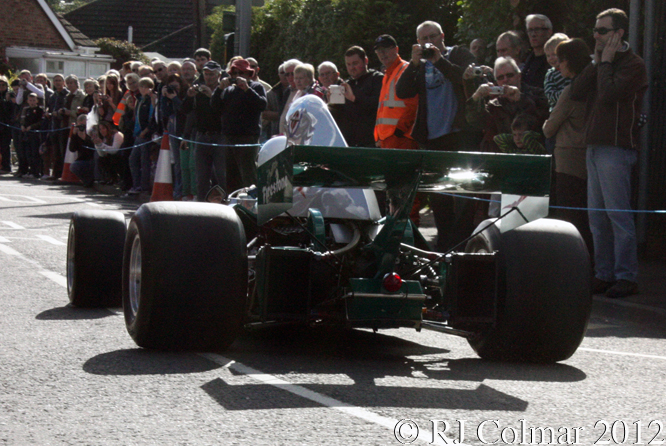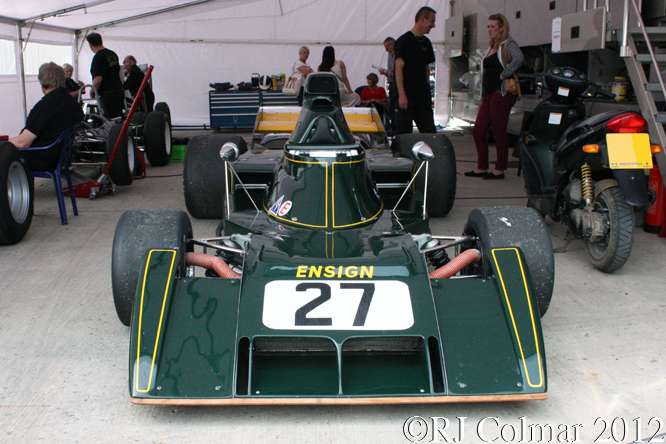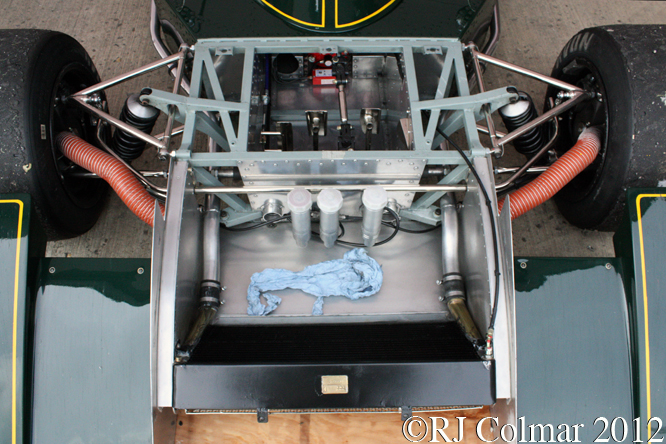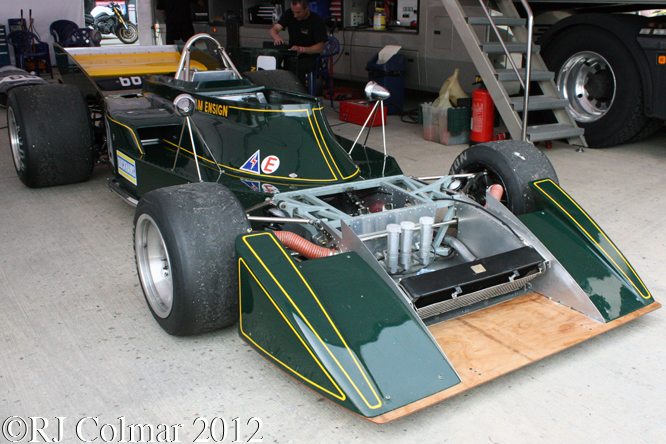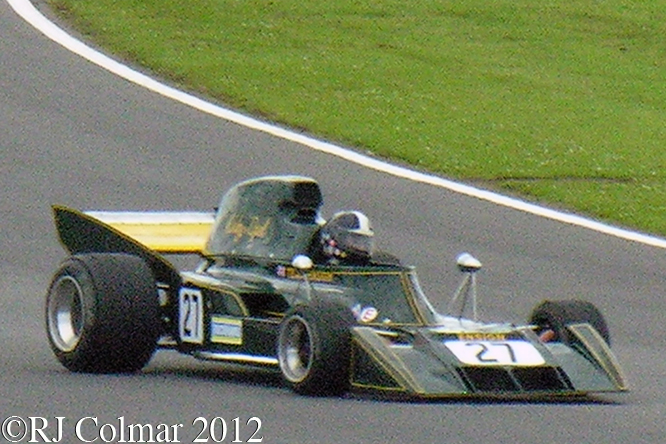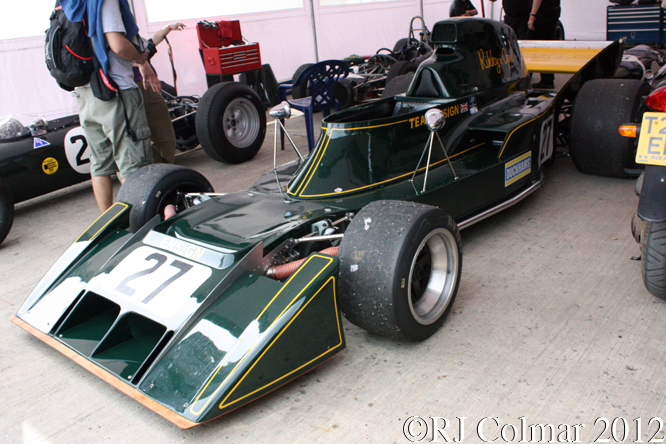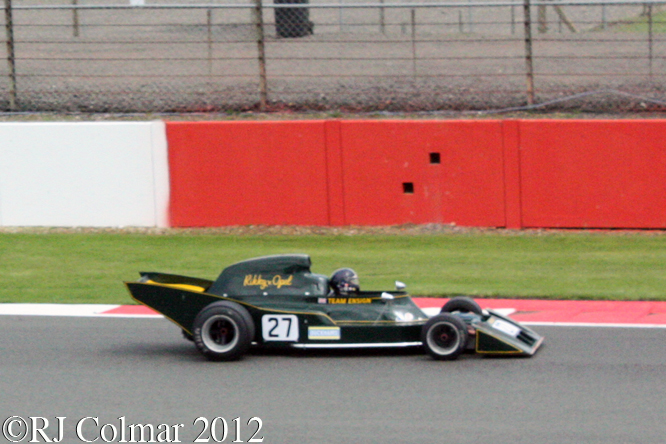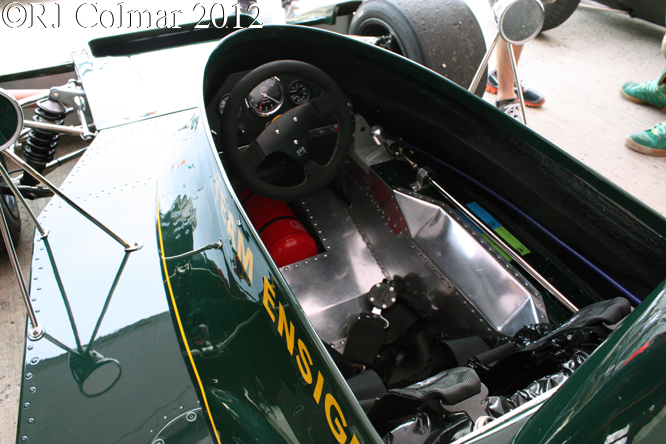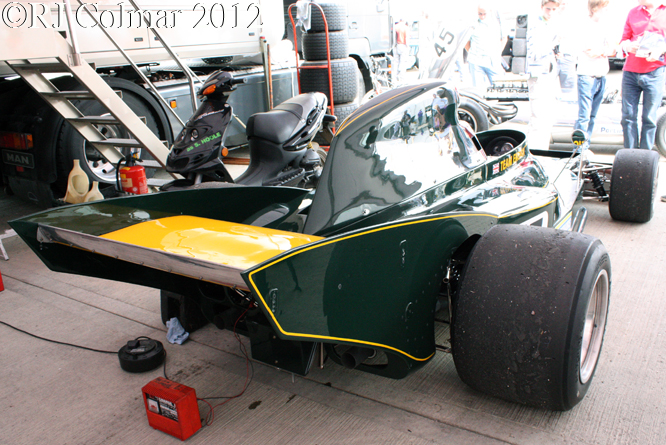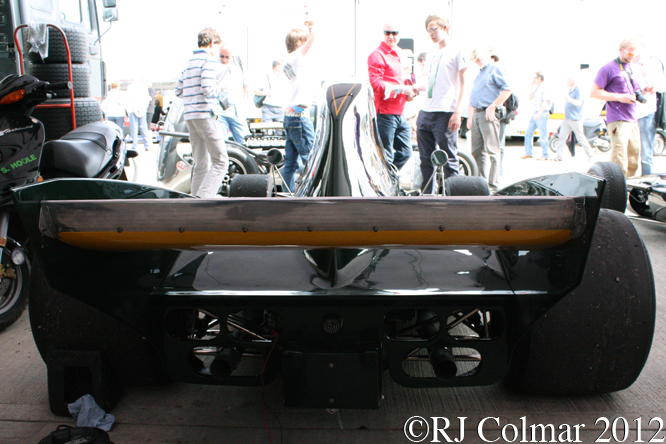Thirty years ago this weekend give or take a day or two I found myself at Brands Hatch for the 1000 kms race, only the second Group C race I had seen, thanks mostly to the fact that my mate Sven was racing his Ford Capri in the supporting Uniroyal Production Saloon car race.
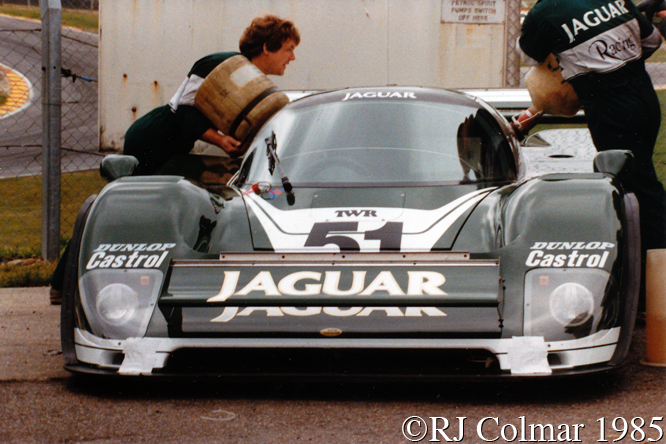
My pit pass from the support race got me into the pits prior to the start of the main event and I wasted no time taking pics of the leading runners from Lancia, Porsche and Jaguar who had locked out the first three rows of the grid in Noah’s Ark fashion during qualifying, above is the Tony Southgate designed Jaguar XJ6 driven by recent Formula One returnee Alan Jones who joined TWR (Tom Walkinshaw Racing) regular Jean-Louis Schlesser in the leading TWR entry that qualified 5th, but retired from the event early with engine damage after the throttle jammed open.
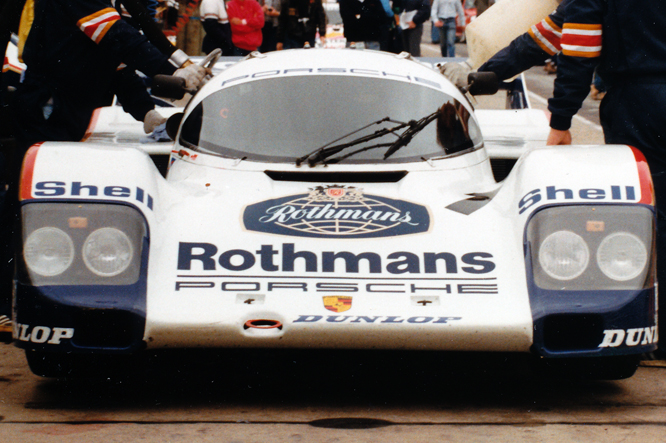
Jacky Ickx and Jochen Mass qualified 4th on the grid in the #1 Porsche 962C seen above and finished second in the race experiencing only one problem, a faster than mandated refueling stop, which the team corrected by holding the car in the pits for an additional 10 seconds on the cars final fuel stop.
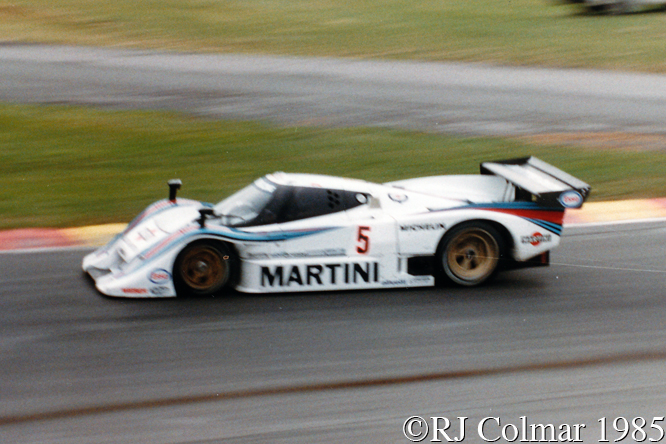
The Lancia LC2’s with 800 hp qualifying motors, against Porsches 720 hp qualifying spec, locked out the front row with the #4 driven by Ricardo Patrese and Alessandro Nannini on pole, but in the final hour when the Lancia’s were running 3rd and 4th team mate Andrea de Cesaris ran into the pack of Patrese’s car damaging the exhaust on the #4 forcing a quick stop for repairs to secure it again which left the #5 Lancia Andrea shared with Brilliant Bob Wollek and Mauro Baldi to claim 3rd one lap down on the leading Porsches.

One car I had been particularly looking forward to seeing in the flesh was the super slippery Group C2 #75 Gebhardt JC843 seen above driven by Nick Adams, Ian Taylor and Ian Harrower, on this occasion the 3.3 litre / 201 cui Cosworth DFL car finished tenth, 46 laps behind the winning Porsche, from 15th on the grid.
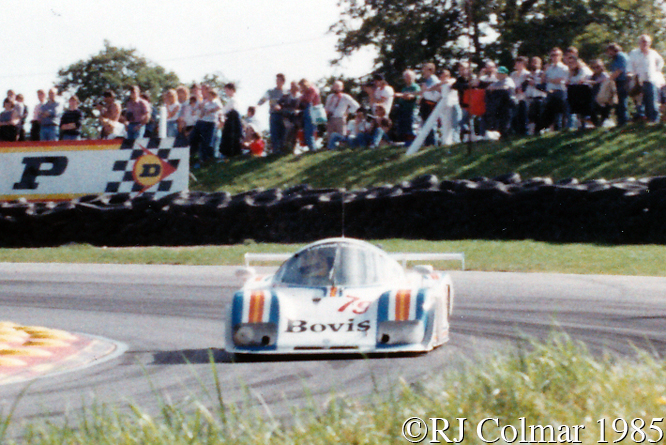
Winners of the Group C2 class were Ray Mallock and Mike Wilds in the Ecurie Ecosse #79 Ecosse C285 which was similarly Cosworth DFL powered, starting from 14 on the grid Ray and Mike came home 6th, 19 laps behind the winning C1 car, but crucially 11 laps ahead of the C2 turbocharged Carma powered Alba AR6 driven by Martino Finotto, Almo Coppelli and Carlo Facetti.
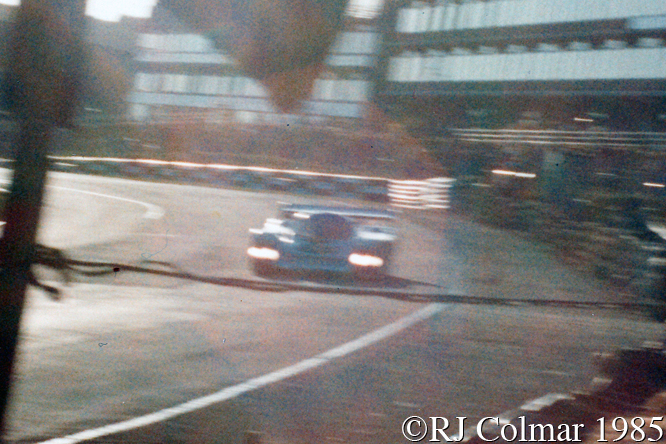
Starting from third on the grid thanks to the efforts of Hans Stuck was the #2 Porsche 962C he shared with local boy “Dinger” Derek Bell who crossed the line less the 12 seconds ahead of the #1 Porsche and in the process Hans and Derek more or less secured their first World Endurance Drivers Championship, this would become Derek’s first drivers championship ever in over 18 years as a professional.
My belated thanks to Sven who got me into see the show.
Thanks for joining me on this “Championship Dinger Unstuck” edition of “Gettin’ a li’l psycho on tyres” I hope you will join me again tomorrow when I’ll be locking at a Formula One Toleman that nearly never ran for the want of a tyre contract. Don’t forget to come back now !


